Shimanami Kaido and Onomichi: Sheldon’s explorations of Japanese suburbs
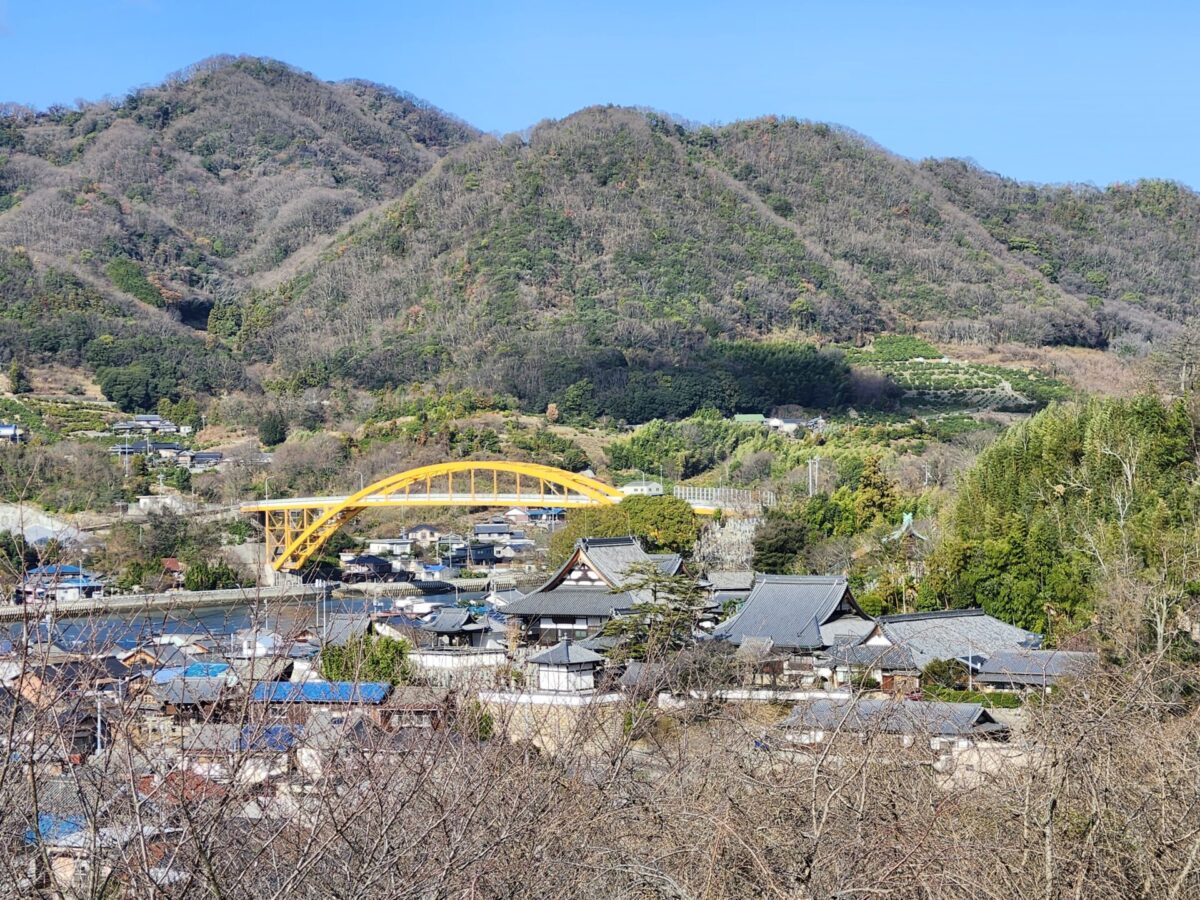
Shimanami Kaido
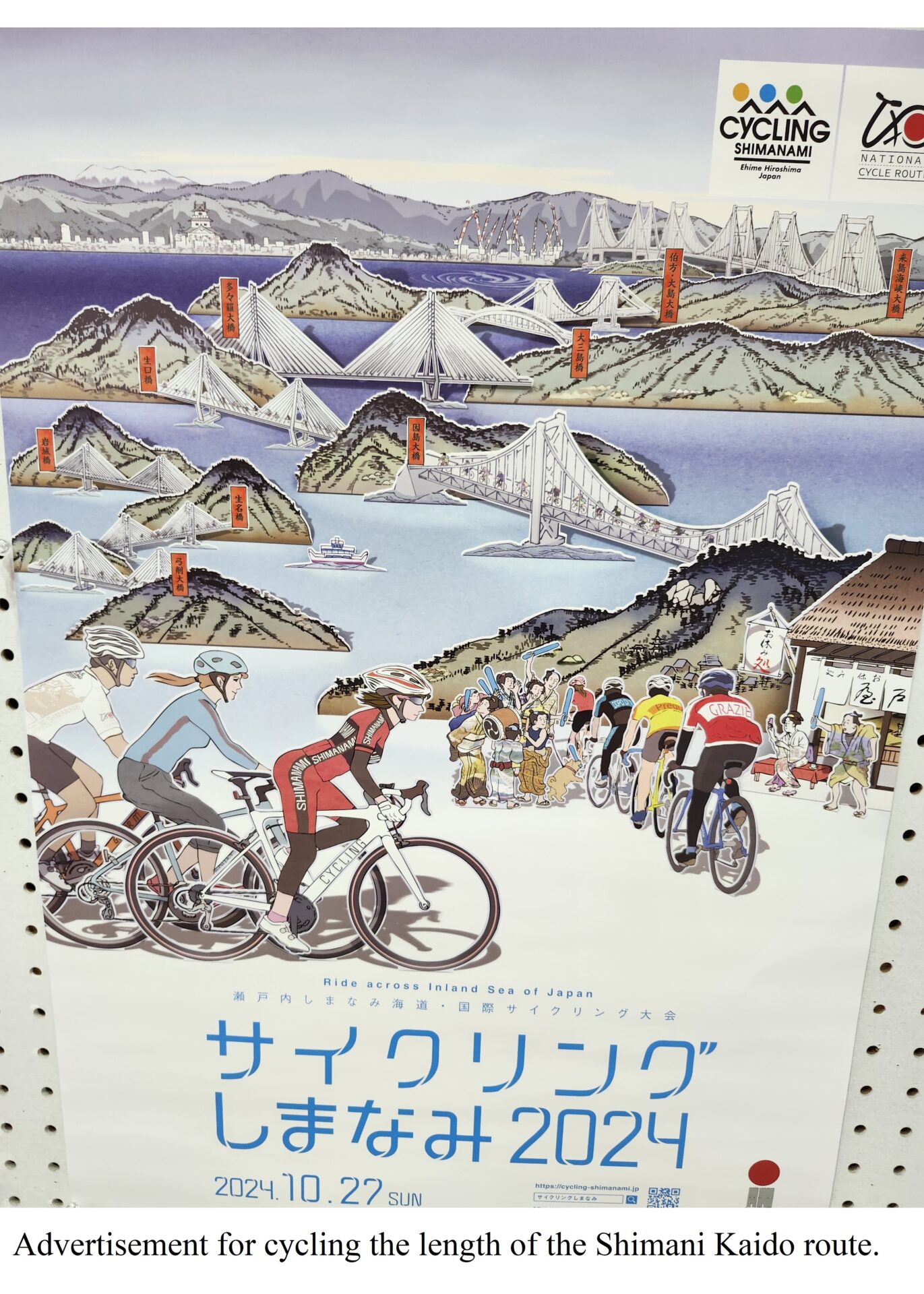
The Setouchi Inland Sea is an interesting place to escape the busy Japanese cities and enjoy islands, art, citrus, and cycling. The Shimanami Kaidō (しまなみ海道) is regarded as Japan’s best cycling route and stretches roughly 70km from Onomichi on the main island of Honshu in Hiroshima Prefecture to Imabari in Ehime Prefecture, on the fourth largest island, Shikoku. It jumps across six smaller islands connected by awe-inspiring bridges and is primarily used as a toll route/ expressway for vehicles. There are cycling routes weaved around the islands for the purpose of encouraging tourism and which offers great views of the sea. Setouchi is known for having milder weather compared to other parts of Japan and is particularly known for salt production and for lemons and oranges, which you’ll be reminded of regularly by lemon-shaped sculptures and benches. I stayed on one of these islands at an interesting and cozy hotel. In fact, I enjoyed it so much as I took two friends with me to stay a second time and see what changes had happened in the area.
Soil Setoda was constructed to help revitalize the town of Setoda on Ikuchi Island at the mid-point of the Shimanami Kaidō. Architect Horiuchi Inatomi designed the small hotel at the end of Shiomachi Shopping Street using an old kura, a storehouse, that existed since the Edo Period (17th to 19th Centuries) that has been used to store salt and rice before being used as a museum. The building was restored and now functions as the hotel’s coffee roastery and café. Across the street is the newer building based around the concept “LIVING”. The top floor contains the hotel with four private rooms of double beds and long tables along the large windows presenting stunning and relaxing views over the port; there is also a fifth room with four bunkbeds situated at the back. The washrooms are communal and divided by sex – one for men and one for women – with the toilets in separate rooms as is customary in traditional Japanese homes. The hotel features wood throughout, giving the rooms a wonderful, cabin-like wooded scent. There’s also a rooftop terrace for guests to take in the scenery.
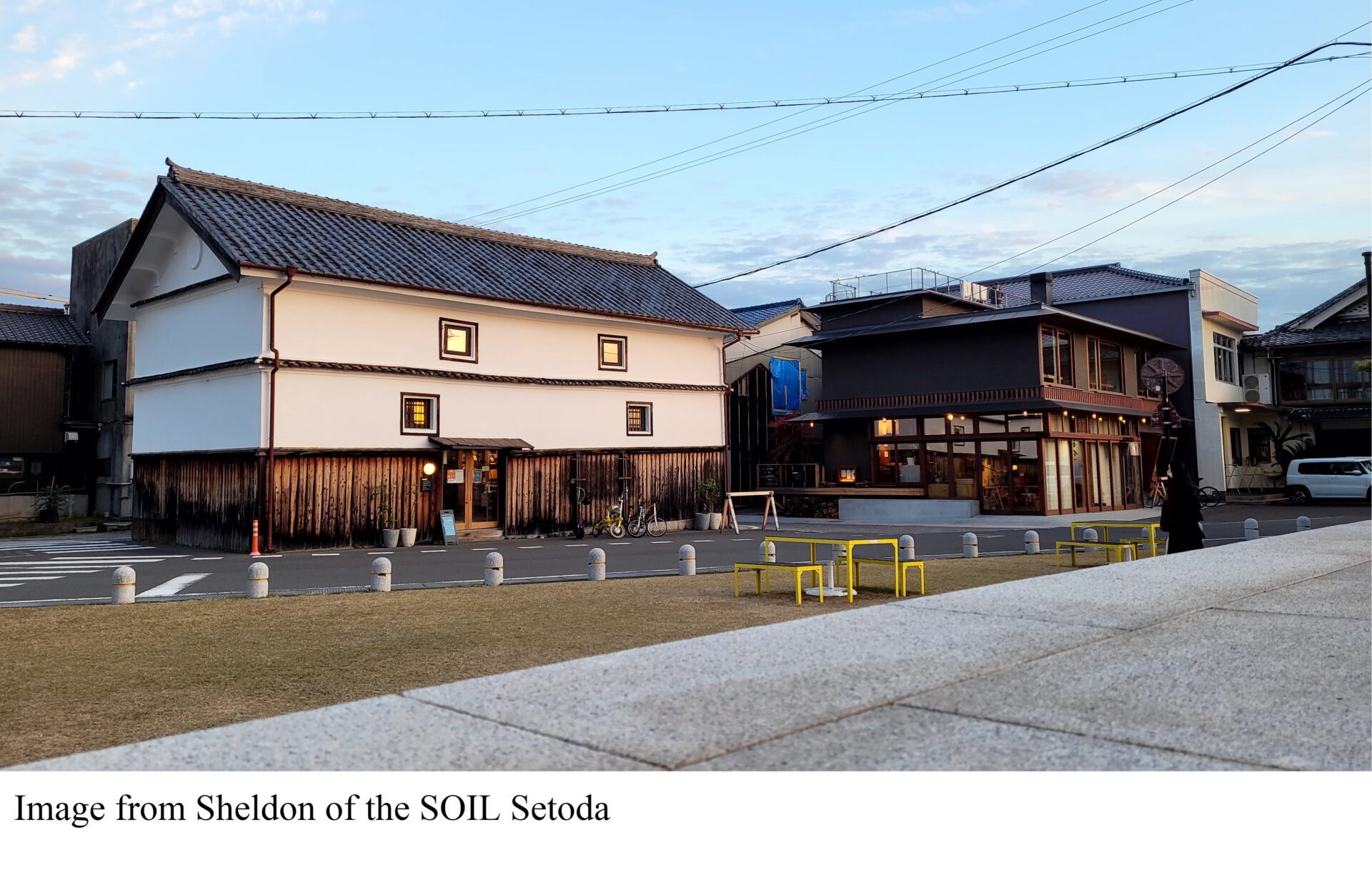
On the main floor is the public space referred to as the “Livingroom”. This space is both a café and restaurant that uses local ingredients, and functions as a community gathering and lounge space. It’s not uncommon to find both visitors and locals alike stopping by for a drink or a meal over which to socialize. The Livingroom has a variety of seating options, from wooden benches to chairs, bar seating, and tables arranged on stepped wooden platforms for different socializing options. The food served is quite good, with the miso soup and onigiri riceballs seasoned with local sea salt being a satisfying highlight of starting my mornings.
They recently expanded their facilities to include a new building adjacent with more hotel rooms on the upper floor and a combined reception, shop selling local products, and a take-out counter with pickled vegetables and bento boxes. If you didn’t want to deal with the hassle of bringing your own bike all the way to this part of Japan, you can rent regular and electric-assist bikes for 3-hours to the full day for around $30. I made sure to buy myself a cute clay jar filled with local sea salt as a souvenir.
The town of Setoda is somewhat quiet, yet still draws tourists from different parts of the world interested in cycling the Shimanami Kaidō. Down the street from Soil Setoda is an art museum dedicated to Nihon-ga painter, Hirayama Ikuo, who was born in Setoda. Across the street is the eclectic Buddhist temple, Kōsanji (耕三寺), constructed in 1936 and taking inspiration from several famous temples around Japan. It features a large statue of Kannon (Guanyin in Chinese, the goddess of mercy) and a cave tunnel underground depicting different punishments and tortures in Buddhist hell. Atop a hill behind the main buildings is an art installation made purely of marble from Italy, Miraishin no Oka (未来心の丘) – the Hill of Hope – from which stunning views of the lemon groves on the faces of mountains can be seen.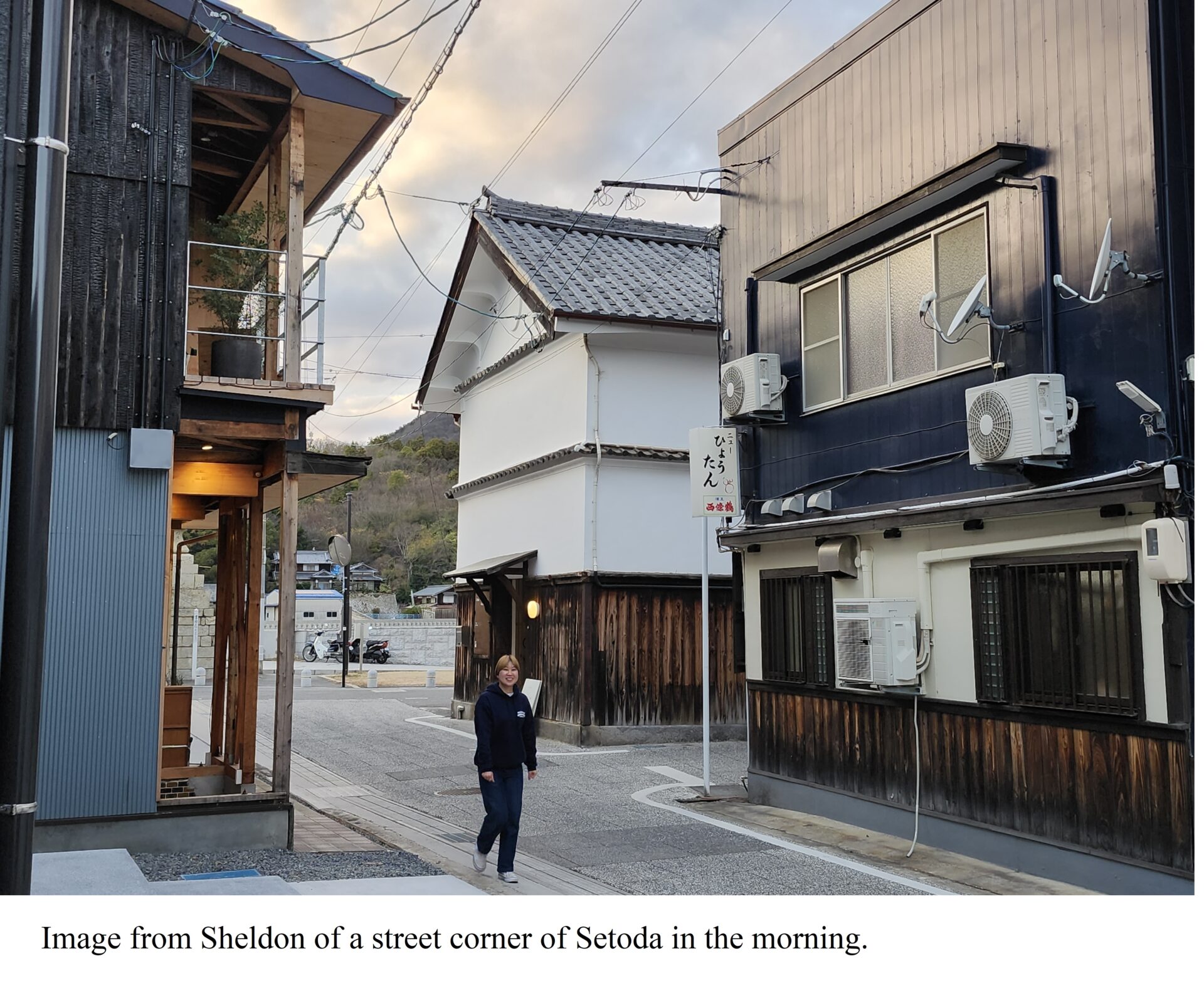
There are several bike rental spots around the areas served by the Shimanami Kaidō. Most allow multi-day rentals and stations at either end in Imabari and Onomichi where you drop off your bike without having to return. However, if you rent an electric-assist bike like I did, they only permit usage for one day and it must be returned before closing, often around 5pm. The rental offices are helpful as they give maps and guides with points of interest along the cycling route and information for whom to call should you run into any troubles while exploring. Although I am not in shape enough to cycle the entire 70km route, I opted to rent an electric-assist bike to ride down the coast of Ikuchi Island and cross Tatara Bridge to Omishima. At the other end of the bridge is the Cyclist Sanctuary, a rest stop for cyclists and drivers alike with refreshments like soft-serve ice cream flavoured with various kinds of locally grown orange lemons. There’s a cafeteria-style restaurant serving really delicious meals with local specialties like udon from Kagawa Prefecture and sashimi from fish I wouldn’t normally be able to identify like Sevenband Grouper (マハタmahata), and two that look identical that are differentiated by which side their eyes are on (olive flounder and Japanese flat fish, for those curious few). The food was delicious, and the giftshop was great if you’re looking for souvenirs of local food items you can bring back to friends. If you have the energy to make it to the other side of the island, the Toyo Ito Museum of Architecture might pique your interest, as well.
Onomichi
The starting point of the Shimanami Kaidō is also a great place to visit regardless of whether you intend to bike or not. Onomichi is a retro port town in Hiroshima Prefecture along the Seto Inland Sea. It was chosen as the filming location for the 1953 film Tokyo Story (東京物語, Tōkyō Monogatari) by director Yasujirō Ozu, a famous black-and-white film in Japan. The town preserved it’s Shōwa Era townscape but continues to attract people with new facilities. The main features of the city include the waterway bustling with ferries travelling to the islands and shipyards, and small mountains covered with houses as high as can be without streets being too steep.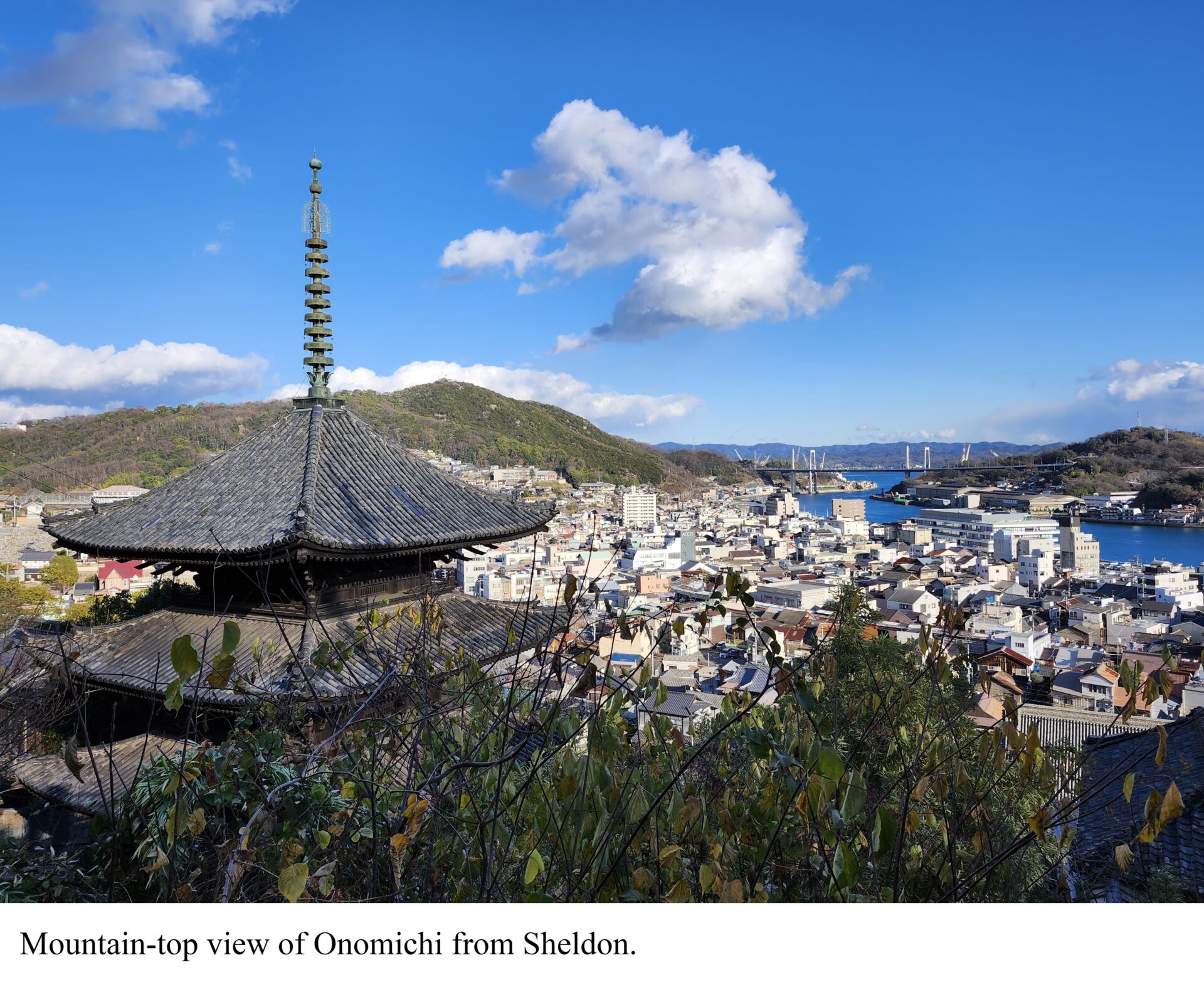
Onomichi is easily accessed from Osaka by the Kodama bullet train at Shin-Onomochi Station, from which you will need to take a bus or a taxi to the waterfront Onomichi Station. Alternatively, you could get off the Nozomi bullet train at Fukuyama and transfer onto a local train that, although we waited an hour for it and rocked back and forth a fair amount, gives stunning views as it comes into Onomichi Station. Onomichi is also easily accessed from Hiroshima by the same trains, but also via the scenic etSETOra train, which shows the region’s beautiful scenery on a train cruise with a unique sightseeing train that also serves refreshments. There is also the scenic high-speed boat SEA SPICA that travels direct from Hiroshima to Mihara (a neighbouring port city easily travelled to by a short train ride), with stops along other scenic locales including the famous “rabbit island”, Okunoshima.
The townscape itself is quite interesting to explore, too. As mentioned previously, the city has a retro feel with narrow alleys and tiny houses and shops. Occasionally, you’ll find architectural gems both new and old, as well as an interesting kind of urbanism we lack in North America. Running through the waterfront area is Onomichi’s shōtengai (covered shopping street) where local goods, like fish cakes (kamaboko) in the quirky shapes like Japanese chess pieces, alongside cute cafés and shops selling local items. You’ll also find some old movie theatres where you can catch a Japanese film. At one end of the shopping street is Onomichi Station – an important hub not just for trains, but also buses and the nearby Onomichi Wharf ferry terminal. It’s well-situated beside a somewhat new concern hall and the Onomichi Station Front Plaza on the opposite side of the street along the waterfront. One weekend, there was a large market happening with vendors and entertainment for children. The Plaza follows all the way down to City Hall if taking a relaxing walk along the water is your thing.
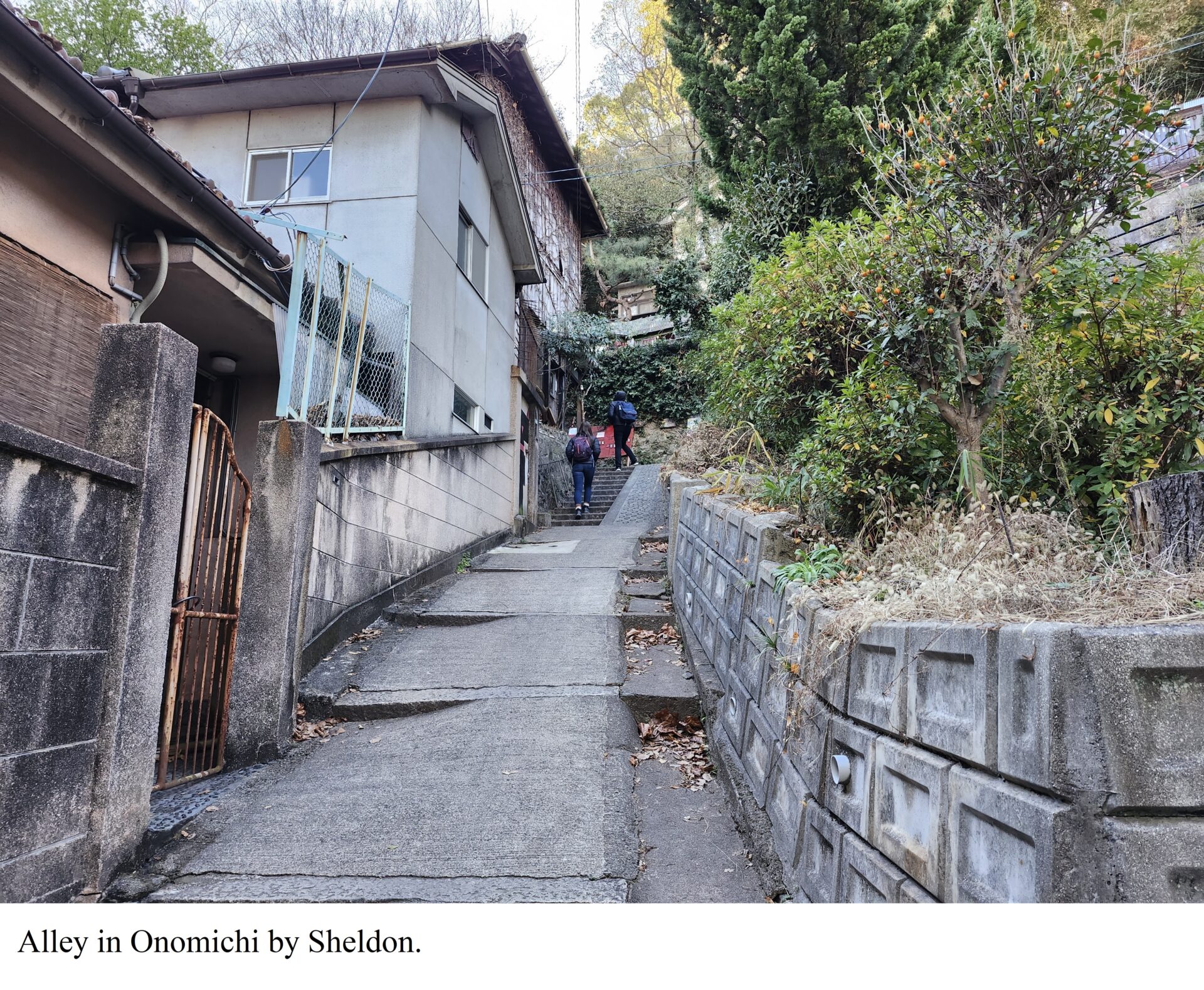 When visiting any city in Japan, you need to be aware of local foods to try. Onomichi has two main specialties: Onomichi ramen and Onomichi okonomiyaki. Okonomiyaki is a savoury pancake-like dish popularly associated with Osaka, but has variations in Hiroshima. Normally, a wheat batter is mixed with shredded cabbage, egg, and other ingredients and then grilled on a flat frying table with pork belly and an egg before being slathered in savoury sauces, shredded smoked fish flakes, aonori powder and Japanese mayonnaise. Onomichi’s version is similar to Hiroshima’s, which layers the ingredients and uses noodles, Onomichi includes chicken gizzards and squid tempura as the proteins. Onomichi ramen, however, is probably more well-known; and my friends and I waited in line in the cold to visit one very tiny establishment which had received a Michelin star at one point and only cost us 750 yen (around $7 Canadian for a large bowl). Onomichi ramen is a rich comfort food that consists of small, flat noodles in a soy sauce broth (shoyu broth) made with small fish similar to sardines and pork backfat. It’s topped with chashu pork slices, bamboo shoots, green onions, and chunks of park fat.
When visiting any city in Japan, you need to be aware of local foods to try. Onomichi has two main specialties: Onomichi ramen and Onomichi okonomiyaki. Okonomiyaki is a savoury pancake-like dish popularly associated with Osaka, but has variations in Hiroshima. Normally, a wheat batter is mixed with shredded cabbage, egg, and other ingredients and then grilled on a flat frying table with pork belly and an egg before being slathered in savoury sauces, shredded smoked fish flakes, aonori powder and Japanese mayonnaise. Onomichi’s version is similar to Hiroshima’s, which layers the ingredients and uses noodles, Onomichi includes chicken gizzards and squid tempura as the proteins. Onomichi ramen, however, is probably more well-known; and my friends and I waited in line in the cold to visit one very tiny establishment which had received a Michelin star at one point and only cost us 750 yen (around $7 Canadian for a large bowl). Onomichi ramen is a rich comfort food that consists of small, flat noodles in a soy sauce broth (shoyu broth) made with small fish similar to sardines and pork backfat. It’s topped with chashu pork slices, bamboo shoots, green onions, and chunks of park fat.
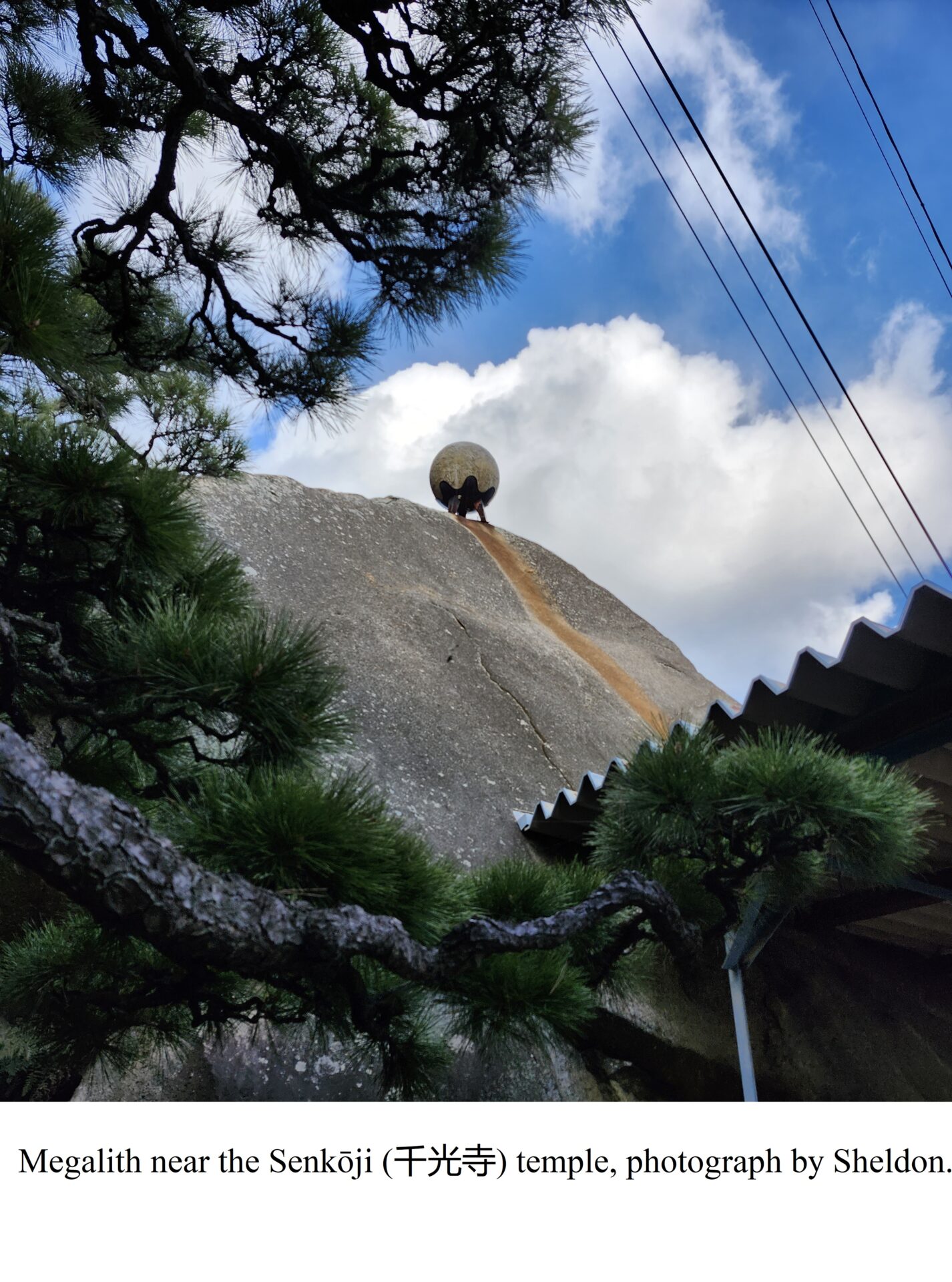
The mountain mentioned previously is a special place to spend the day. In addition to the temple walk, you can climb up the many steps and sloped surfaces to visit Cat Alley, where several cats roam freely about and café and restaurant owners have themed their establishments around kitties. Higher up is a beautiful temple to see called Senkōji (千光寺) perched on the edge of the near-summit overlooking the harbour. It’s also identifiable by the several megaliths throughout, including one with a chain to climb on top of and another crowned with a perfect sphere where it is said a ball of light once appeared and shone upon the town below. At the summit is the Museum of Art and the brand-new observatory replacing an older UFO-shaped one that provides sweeping views and glimpses of mountains of adjacent islands. One doesn’t just have to climb the mountain to reach the observation deck – take it from me, the climb is quite a challenge if you’re not in shape -, there is a cable car that will take you to the top for a modest fee. Unfortunately for me, both times I went the cable car was closed for winter maintenance.
If you’re looking for top-notch architecture, the stunning Ribbon Chapel is an easy one-and-a-half hour ferry ride away in Tsuneishi (perhaps it’s faster to drive, if you can). I was somewhat fortunate to be allowed to catch a glimpse of the structure, but as it was being set up for a wedding that afternoon, I didn’t get much closer than the restaurant to take a snapshot.